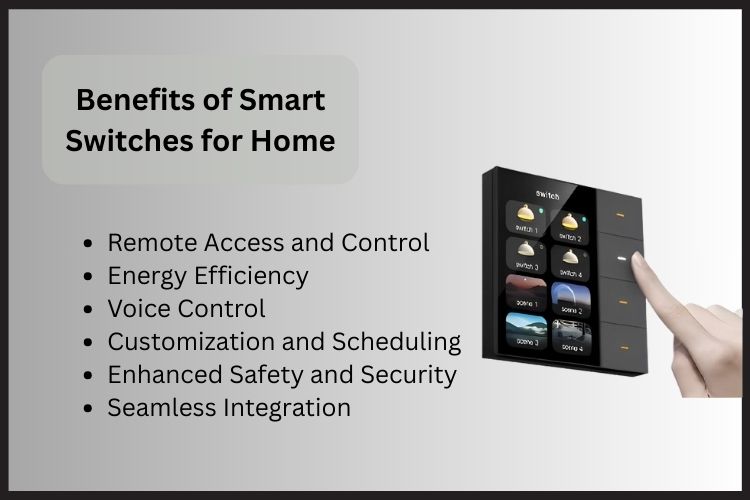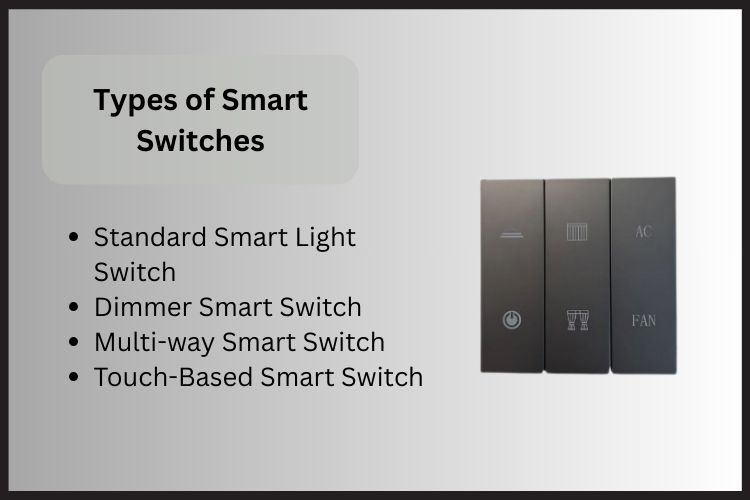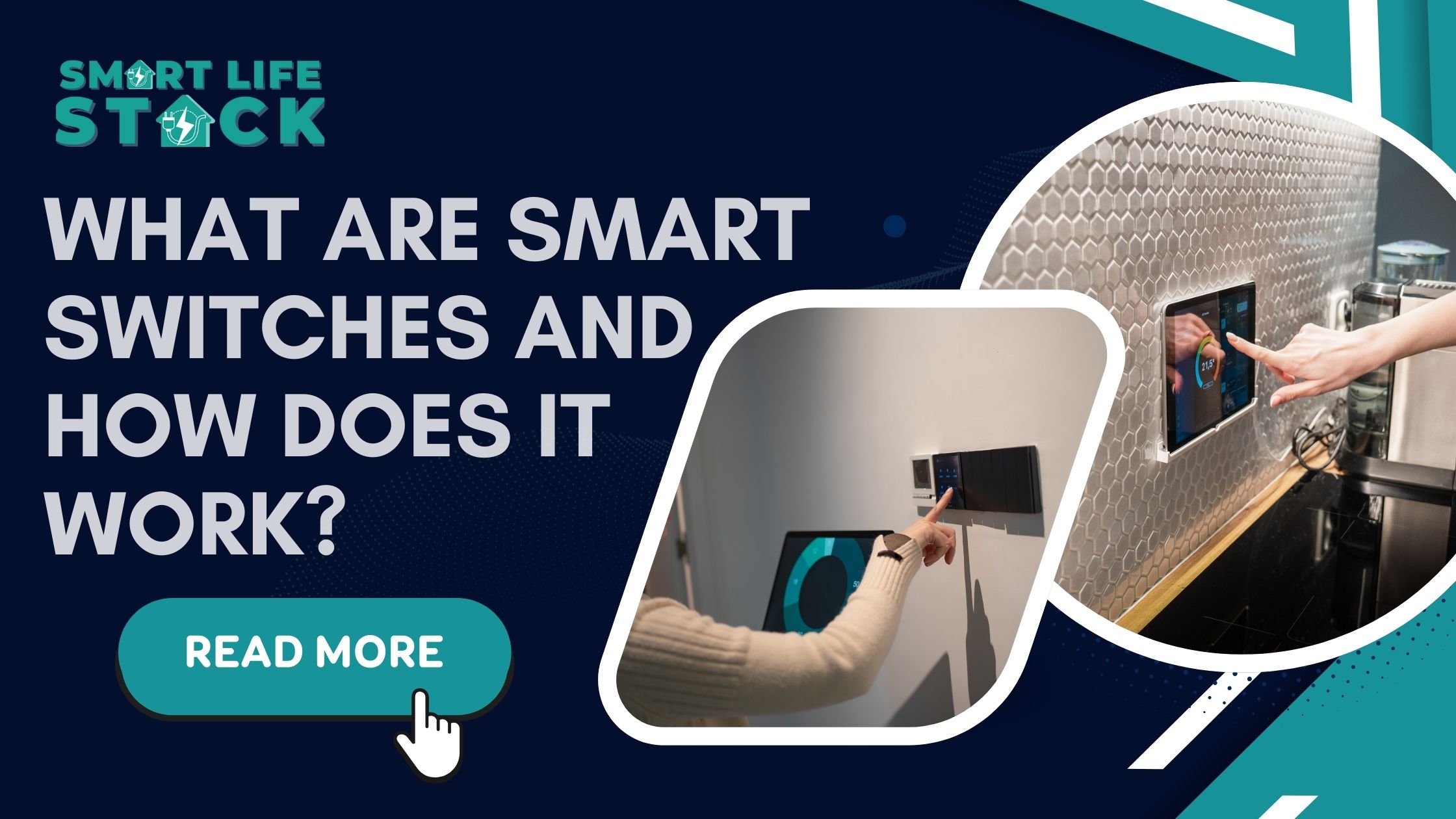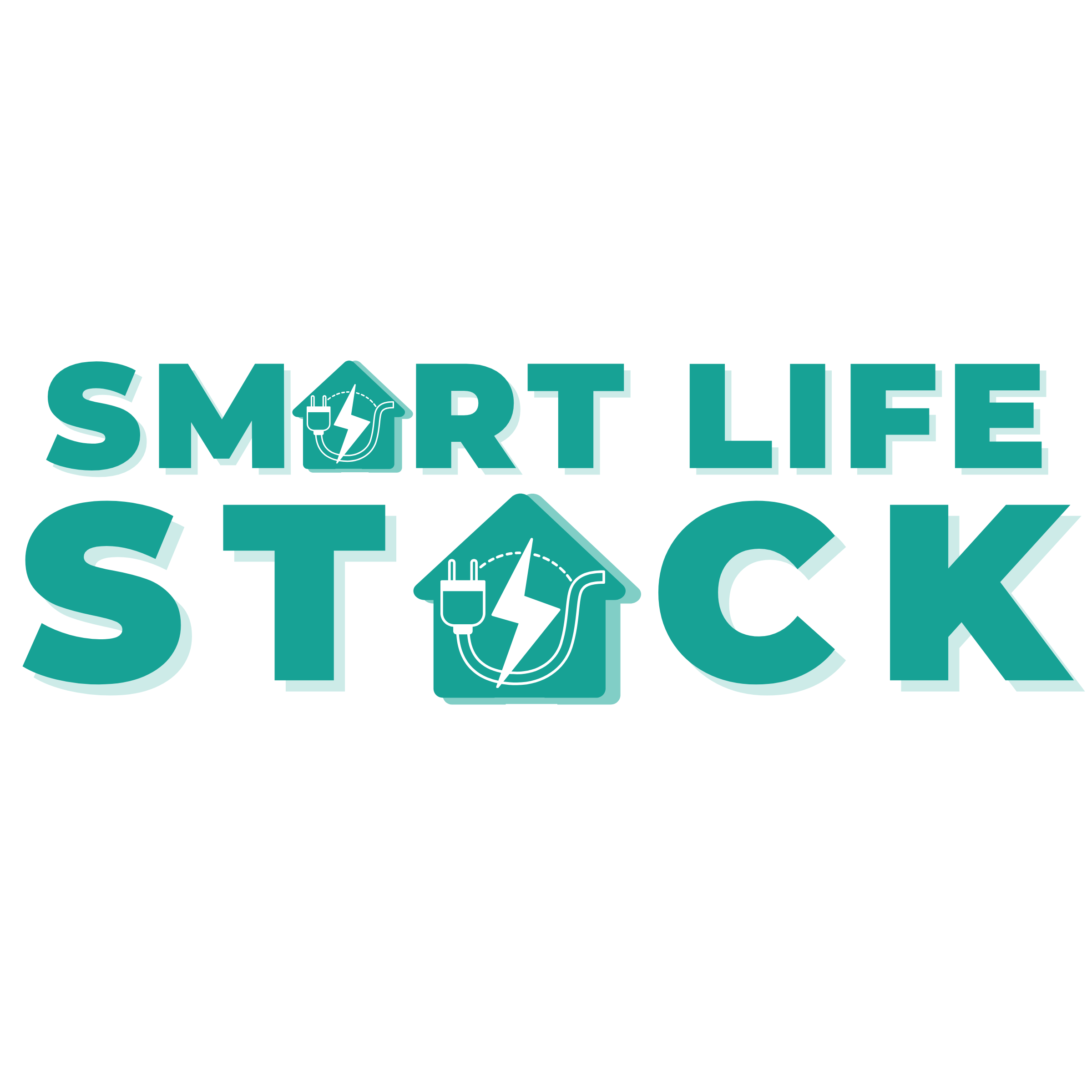Introduction
In today’s fast-paced world, home automation is no longer a luxury—it’s a lifestyle upgrade. From controlling your lights with a smartphone to managing your home appliances with voice commands, the smart home system is revolutionizing how we interact with our living spaces. One powerful device at the heart of this revolution is the smart switch.
But what exactly are smart switches? How do they work, and why are they becoming an essential part of every smart home? At Smartlifestack, we specialize in making homes smarter, safer, and more efficient. In this blog, we’ll explain everything you need to know about smart switches for home automation.
What is a Smart Switch?
A smart switch is a modern upgrade to your traditional light switch. While a normal light switch only allows you to manually turn on or off lights or appliances, a smart switch lets you control those devices remotely using your smartphone, tablet, or voice assistant.
These switches are a part of your smart home system, enabling you to manage the lighting and other electronics in your home from anywhere—whether you’re at work, on vacation, or lying in bed.
How Does a Smart Switch Work?
A smart switch works by connecting to your home’s Zigbee. Once installed, it pairs with a smart switch controller app on your smartphone or connects to a smart home hub like Amazon Alexa, Google Assistant.
Here’s how a smart switch system typically functions:
- Installation: A smart on off switch replaces your traditional light switch. It is connected to the same electrical wiring but includes a small circuit board that allows remote communication.
- Connection: The switch is connected to your home’s wireless network, enabling communication between the switch and your smartphone or hub.
- Control: You can now control the switch remotely through an app or by using voice commands. This includes turning lights on/off, setting schedules, dimming lights (if supported), or automating based on motion or time.
- Integration: The smart switch integrates with other smart home devices for more complex automation. For instance, turning off all the lights when you leave home or setting mood lighting for movie night.
Benefits of Smart Switches for Home

1. Remote Access and Control
The most obvious benefit of smart switches for the home is the ability to control lights and appliances remotely. Forgot to turn off the kitchen light? Just open the app and switch it off instantly.
2. Energy Efficiency
By automating your lighting schedules and turning off appliances when not in use, smart switch light control helps save energy, reducing your electricity bill.
3. Voice Control
Pair your smart switch light with voice assistants like Alexa or Google Assistant. Simply say, “Switch off the kitchen light,” and it happens instantly.
4. Customization and Scheduling
Set timers and schedules based on your routine. Want the lights to turn on at sunset and off at bedtime? A smart switch makes it possible.
Contact us
OTP Sent On WhatsApp
5. Enhanced Safety and Security
A smart switch smart home setup enhances safety by allowing you to simulate presence when you’re away. Program lights to turn on and off to deter potential intruders.
6. Seamless Integration
A smart switch controller can be part of a bigger home automation system, integrating seamlessly with sensors, security cameras, thermostats, and more.
Types of Smart Switches

1. Standard Smart Light Switch
These replace your regular switches and allow you to control lighting remotely.
2. Dimmer Smart Switch
These allow you to dim or brighten the lights according to your mood or need.
3. Multi-way Smart Switch
Useful for controlling the same light from multiple switches, such as stairway or hallway lighting.
4. Touch-Based Smart Switch
A sleek, touch-sensitive design that looks ultra-modern and responds to both touch and app-based commands.
What is the difference between a Smart Switch and a Traditional Switch?
A Smart Switch connects to your home’s Wi-Fi and can be controlled remotely using a smartphone, voice assistant (like Alexa or Google Assistant), or automation settings. It offers features like scheduling, energy monitoring, and integration with other smart devices.
A Traditional Switch, on the other hand, is a basic mechanical switch that requires manual operation. It doesn’t support remote control, automation, or connectivity with smart home systems.
Are Smart Switches Easy to Install?
Most smart switches can be installed by replacing existing wall switches. However, installation may require a neutral wire, which isn’t always present in older homes. That’s where professional help from Smartlifestack comes in. Our team ensures seamless installation and integration of smart switches for home automation with your current wiring and devices.
Use Cases of Smart Switches
- Wake-Up Routines: Set your bedroom lights to turn on slowly to simulate sunrise.
- Movie Mode: Dim the lights automatically when your smart TV turns on.
- Goodnight Mode: One tap to turn off all lights in your home at bedtime.
- Vacation Mode: Lights turn on/off randomly to simulate occupancy.
Why Choose Smartlifestack for Your Home Automation and Smart Switch Needs?
At Smartlifestack, we bring cutting-edge home automation solutions tailored to your lifestyle. Our smart switches for home are not only stylish and modern but are also highly reliable and compatible with a wide range of devices and platforms.
Our services include:
- Professional consultation and home assessment
- Installation of smart switch, light switch, and other devices
- Integration into your existing home automation system
- Ongoing support and maintenance
Whether you’re looking to install one smart switch or transform your entire home into a smart home system, we’ve got you covered.
Conclusion
A smart switch is more than just a remote-controlled light switch—it’s your gateway to a fully connected, intelligent home. With features like remote access, energy savings, scheduling, and voice control, it’s easy to see why so many homeowners are upgrading to smart switches for home automation.
If you’re ready to take the next step in making your home smarter, more convenient, and energy-efficient, Smartlifestack is here to help. Let us transform your living experience with our advanced smart switch controller and home automation services.
Frequently Asked Questions
Q1. Are smart switches compatible with all types of bulbs?
Yes, most smart switches work with LED, CFL, incandescent, and halogen bulbs. However, dimming functionality depends on bulb compatibility.
Q2. Can I install a smart switch myself?
Some models support DIY installation, but for optimal performance and safety, professional installation by Smartlifestack is recommended.
Q3. Do smart switches work without Wi-Fi?
No, a working Wi-Fi or Zigbee/Z-Wave network is essential for full functionality.
Q4. Can smart switches help reduce electricity bills?
Yes, by allowing you to automate and control lighting, smart switch light control helps save power and reduce energy bills.
Q5. What if the internet goes down—will the switch still work?
Yes, most smart switches can still function manually like a normal light switch, even when offline.


